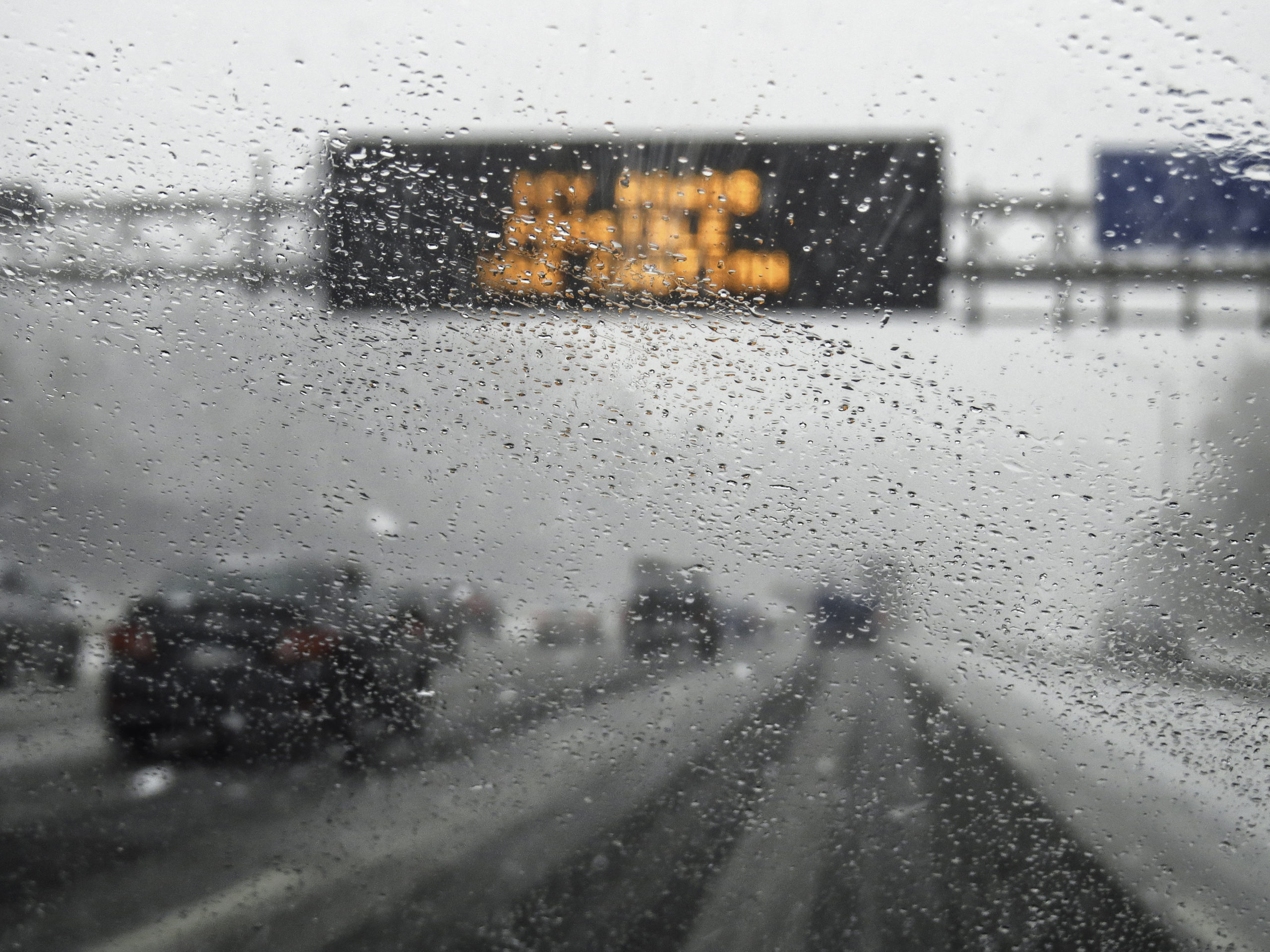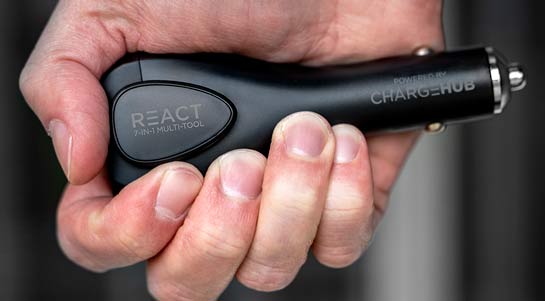Black ice is hazardous because you can’t always see it. “Black ice” is actually clear, but it’s called “black” because it looks the same as the pavement underneath it. If you hit this ice, you could find yourself swerving quickly and struggling to keep your car on the road!
Don’t stress this winter, though. Following these quick tips will help you be able to identify black ice and what to do if you encounter it.
The problem with black ice is that it makes roads slippery. It’s also sometimes invisible to the naked eye.
Here’s everything you need to know about identifying black ice and staying safe if you hit it.
Where black ice forms

Although you could encounter black ice anywhere on the road, it typically forms in places that aren’t getting sun. Even when the weather is cold, the dark color of the pavement warms in the sunlight, melting much of the ice on it in the process. If there’s no sunlight, the ice is less likely to melt.
Therefore, you should be on high alert when traveling through tunnels, particularly at their entrances and exits. Also, be cautious in areas near mountains or with dense tree cover. Bridges and overpasses are prime spots for black ice, too.
Highways that don’t see a lot of traffic are also more likely to have black ice because vehicles create friction and, therefore, ice-melting heat as they travel on roadways. If you don’t see many other cars around when you’re driving, slow down and be aware of extremely slippery sections.
When you’ll find it

Generally, black ice is at its worst when the sun goes down at night or before it rises again in the morning. Pre-dawn hours can be dangerous because roads have less traffic overnight than during the day, and temperatures have dropped.
The overnight period is also hazardous because snow and ice tend to melt during the day from the sun and heat generated by vehicles. When this heat is no longer present, the remaining water on the road can freeze, making black ice.
Remember, though, that black ice can be present any time of the day, especially when temperatures are right around the freezing mark.
Identifying black ice
Although black ice is difficult to see because it blends in with the street, you can spot it if you’re paying close attention. That’s because it has a glossy look to it, so the road will look somewhat wet. When temperatures are below freezing and the road appears wet, there’s a significant risk of encountering ice while driving.
The glossy appearance stands out particularly well when driving on an otherwise dry road. If you see that an upcoming patch of the road looks different, it’s a really good idea to slow down.
How to drive on it
Hitting a patch of black ice can be jarring, but don’t overreact by slamming the brakes or jerking the steering wheel. Both of these actions can make the problem worse and cause you to lose control of your vehicle.
Instead, take your foot off the gas and keep the steering wheel as straight as possible. The goal is to get past the ice to a patch of highway that has better traction. You can also pump the brakes if you find yourself losing control but don’t lock your wheels because your car will begin sliding.
Practice driving in an icy parking lot to learn more about how your vehicle reacts to snow and ice because it’ll give you a better idea of how to adjust when hitting black ice.
What to do if you’re in an accident
No matter how careful you are, you could still end up in an accident after hitting some ice on the highway. Depending on how bad the accident is, you can usually call a tow truck to pull you out of a ditch and get you on your way. Calling emergency services is also be necessary if someone is injured.
Carrying safety devices in your vehicle will keep you safe and comfortable while you wait for help to arrive. KeySmart is a compact keyring that you can turn into a customized multitool. Installing a small knife or screwdriver onto your keyring could be a lifesaver.
Another amazing innovation is React by ChargeHub, a seven-in-one car charger that could save your life. It includes a charger, flashlight, safety siren, seatbelt cutter, window breaker, strobing SOS signal, and power bank. These tools could make all the difference if you’re in a car accident.
Protect yourself on icy roads
Traveling in the winter can be stressful, particularly if you’re heading through snowy conditions or driving on roads covered in ice. Don’t let it stop you from getting where you need to go, though. You can stay safe by avoiding slippery roads and adjusting your driving when you identify black ice.
Comment and share
What are some of your go-to tips for staying safe when traveling in the winter? Share your methods in the comment section, and don’t forget to pass this information on to loved ones who will be driving on icy roads this year!

Do not take your foot off accelerator on black ice. If you can just put car in neutral and roll to keep car from spinning. The moment you take your foot off accelerator there is a momentary braking action on your wheels which causes the car to lose traction and go into spin.